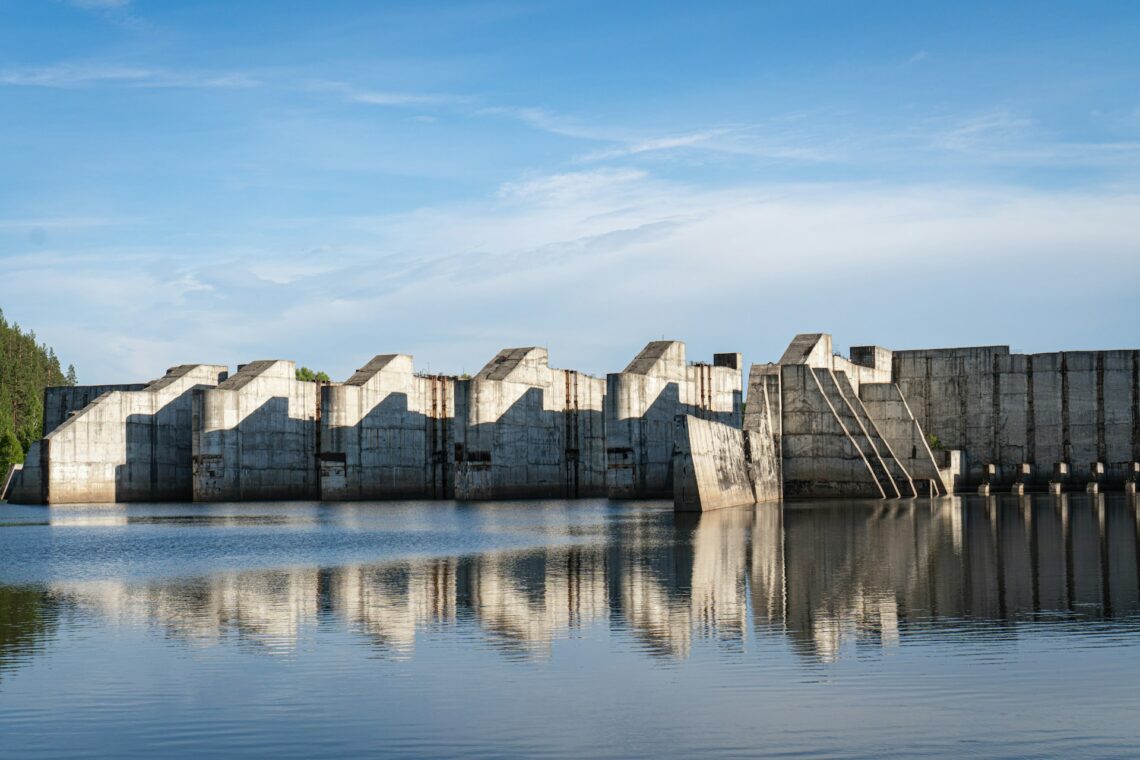When it comes to marine projects, advancements in technology are enabling us to go where no infrastructure has gone before.
From advanced robotics to innovative bathymetric surveys, the once-daunting challenges of underwater construction are gradually becoming manageable with cutting-edge solutions.
What were once high-risk, high-cost endeavors are now more precise, efficient, and reliable, helping push the boundaries of what we can achieve beneath the waves.
This article explores some of the most groundbreaking technologies transforming the underwater construction landscape and highlights why they’re vital to the future of marine infrastructure.
Why Underwater Construction Innovation Matters
Underwater infrastructure is essential in modern industries like transportation, energy production, and environmental protection.
Offshore wind farms, subsea pipelines, deep-sea communication cables, and underwater tunnels are just a few examples of projects that rely on advanced underwater tech.
However, constructing and maintaining these critical systems poses unique challenges:
- Limited visibility
- Unpredictable environmental conditions
- Difficult-to-access locations
- Need for precise measurements and thorough planning
Innovative technologies not only address these challenges but also reduce costs, improve safety, and enable structures to last longer in harsh marine environments.
Technologies Changing the Underwater Construction Landscape
1. Autonomous Underwater Vehicles (AUVs)
Autonomous underwater vehicles are playing a starring role in modern marine projects. These unmanned, self-propelled devices use advanced sensors and software to conduct underwater inspections, surveys, and mapping.
Benefits of AUVs:
- Reduced labor costs and human risk
- High-precision mapping capabilities
- Enhanced efficiency in data collection
For example, during offshore wind farm construction, AUVs are used to inspect subsea foundations and assess seabed stability before installation. Their ability to operate for extended periods without manual intervention makes them indispensable for large-scale projects.
2. Robotic Underwater Drones
A cousin of AUVs, robotic underwater drones combine remote operability with tools for specific construction tasks. Unlike fully autonomous AUVs, these drones are controlled by operators on the surface, allowing for precise execution of complex jobs.
Key Applications:
- Underwater welding and repairs
- Structural inspections of pipelines and platforms
- Salvage and debris removal
For instance, industries such as oil and gas rely on robotic drones to inspect and repair drilling rigs, often in extreme depths and hazardous conditions. These drones come equipped with cameras, robotic arms, and specialized tools for various applications.
3. Bathymetric Surveys
Bathymetric surveys provide detailed maps of seabed topography, enabling marine engineers and construction teams to assess underwater terrains with centimeter-level accuracy. This technology uses sonar systems to calculate water depth and seabed features.
Why They’re Crucial:
- Essential for feasibility studies in marine projects
- Helps identify potential environmental challenges
- Supports efficient project design and material usage
Accurate bathymetric surveys eliminate guesswork, leading to better project outcomes and reduced environmental impacts. From designing submarine tunnels to planning offshore drilling platforms, this technology is indispensable for underwater engineers.
4. 3D Printing for Underwater Applications
The use of 3D printing, also known as additive manufacturing, is creating new opportunities for underwater construction innovation. Engineers can now create custom-designed components on-site, drastically reducing transportation time and costs.
Examples of Use Cases:
- Printing concrete structures for seawalls and artificial reefs
- Creating modular components for underwater foundations
- Repairing small-scale damages without disrupting ongoing operations
The ability to 3D print underwater is still emerging but shows immense promise in creating resilient underwater systems faster and more sustainably.
5. Advanced Sonar Imaging Systems
High-resolution sonar imaging offers unparalleled visibility in murky or deep waters where standard optical cameras fall short. Modern sonar systems create accurate 2D and 3D images of underwater environments and objects.
Applications in Construction:
- Inspecting substructures such as bridge piers and dam foundations
- Identifying obstructions during anchor placement
- Monitoring marine habitats to ensure environmental compliance
With advancements in imaging clarity, sonar technology allows construction teams to gather actionable insights about underwater environments in real time.
6. AI-Driven Data Analytics for Marine Projects
AI is transforming how data gathered from sensors, drones, and surveys is used. Machine learning algorithms help process vast amounts of information, identifying patterns and making predictive decisions that were previously impossible for human teams to achieve manually.
AI-Powered Benefits:
- Improved project planning through predictive analytics
- Early detection of potential structural failures
- Automated assessments of project safety and compliance
For instance, AI can combine weather data with sonar readings to predict how upcoming storms might affect a subsea foundation, helping teams mitigate risks before they occur.
7. Smart Subsea Sensors
Smart sensors embedded into underwater structures are revolutionizing how we monitor infrastructure in real time. These devices continuously collect data on structural health, environmental conditions, and pressure levels.
Impact on Maintenance:
- Proactive maintenance scheduling based on real-time insights
- Reduced downtime and costly repairs
- Longer-lasting structures with improved reliability
Subsea sensors are particularly useful in applications like offshore oil platforms or subsea cables, where maintenance is difficult and costly.
Why These Innovations Matter for the Future
The integration of cutting-edge underwater technologies is more than just an exciting development; it’s a necessity. The world’s reliance on sustainable energy, global connectivity, and robust infrastructure hinges on our ability to tackle the challenges of underwater construction.
These advancements are transforming marine projects, making them more cost-effective and environmentally friendly while pushing the limits of what engineers can achieve in harsh underwater environments.
The Next Step in Construction Innovation
The future of underwater infrastructure has never looked more promising. With technologies like AUVs, bathymetric surveys, and 3D printing leading the charge, we’re seeing the dawn of a new era in marine construction.
If your organization is ready to optimize marine projects with innovative underwater tech, it’s time to take action. Start exploring how these technologies can transform your next project today.







